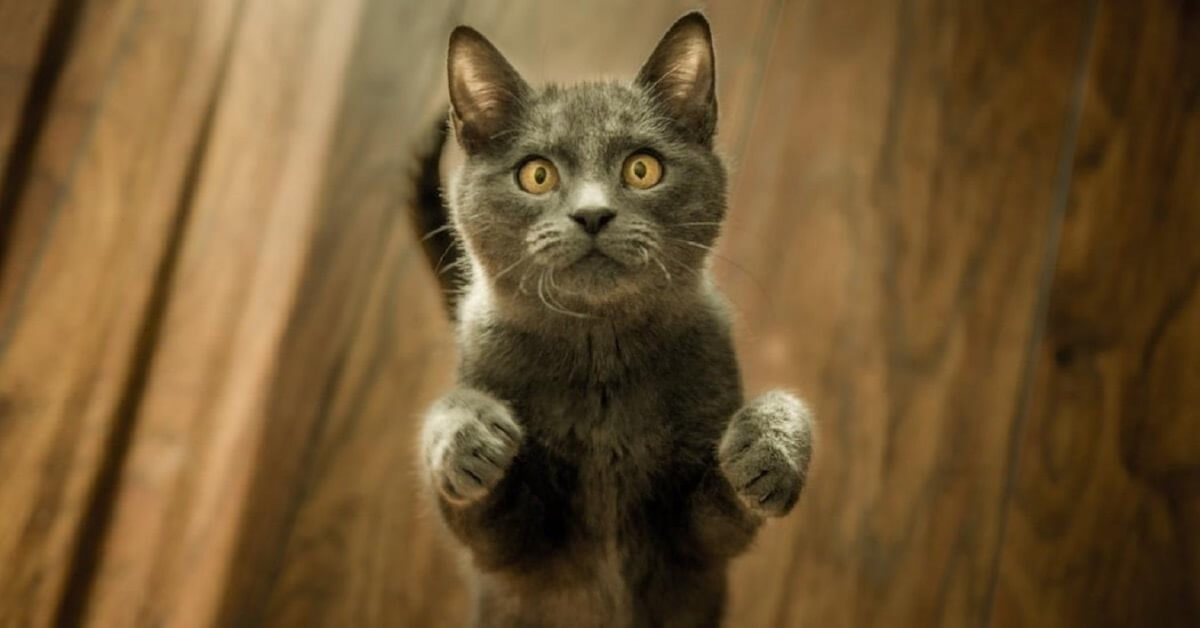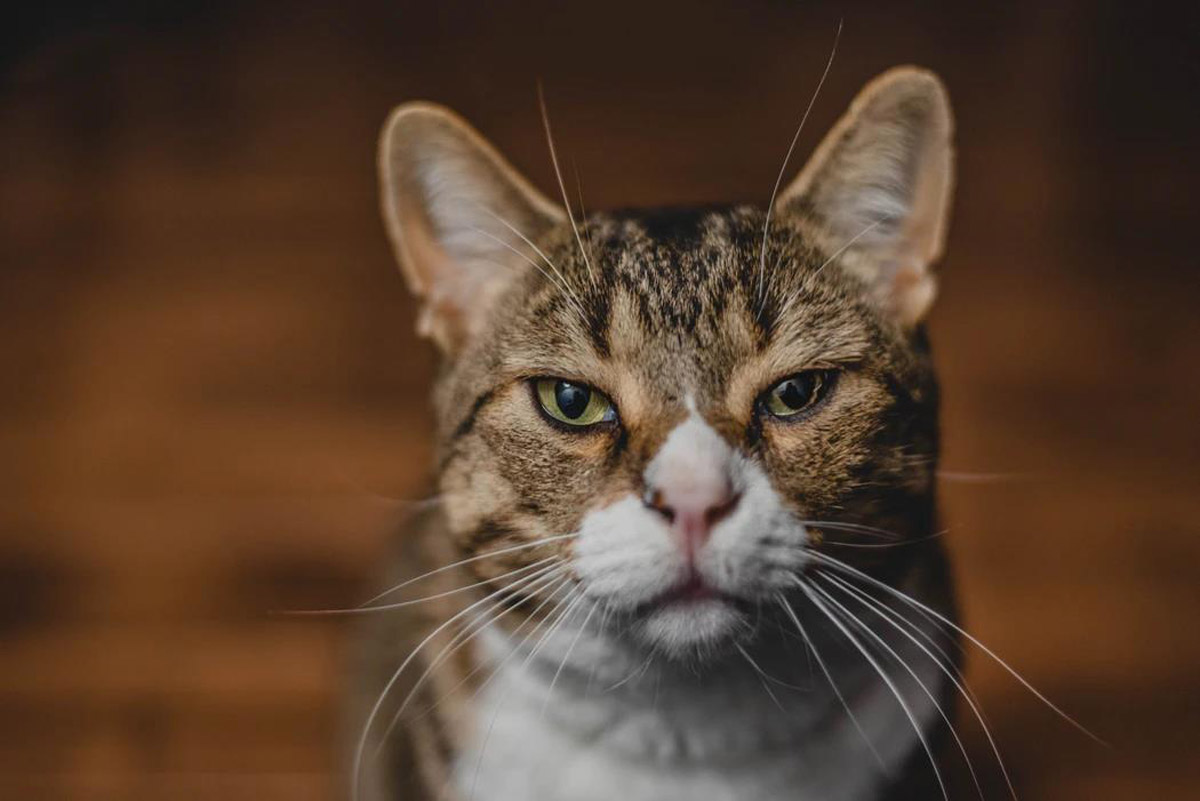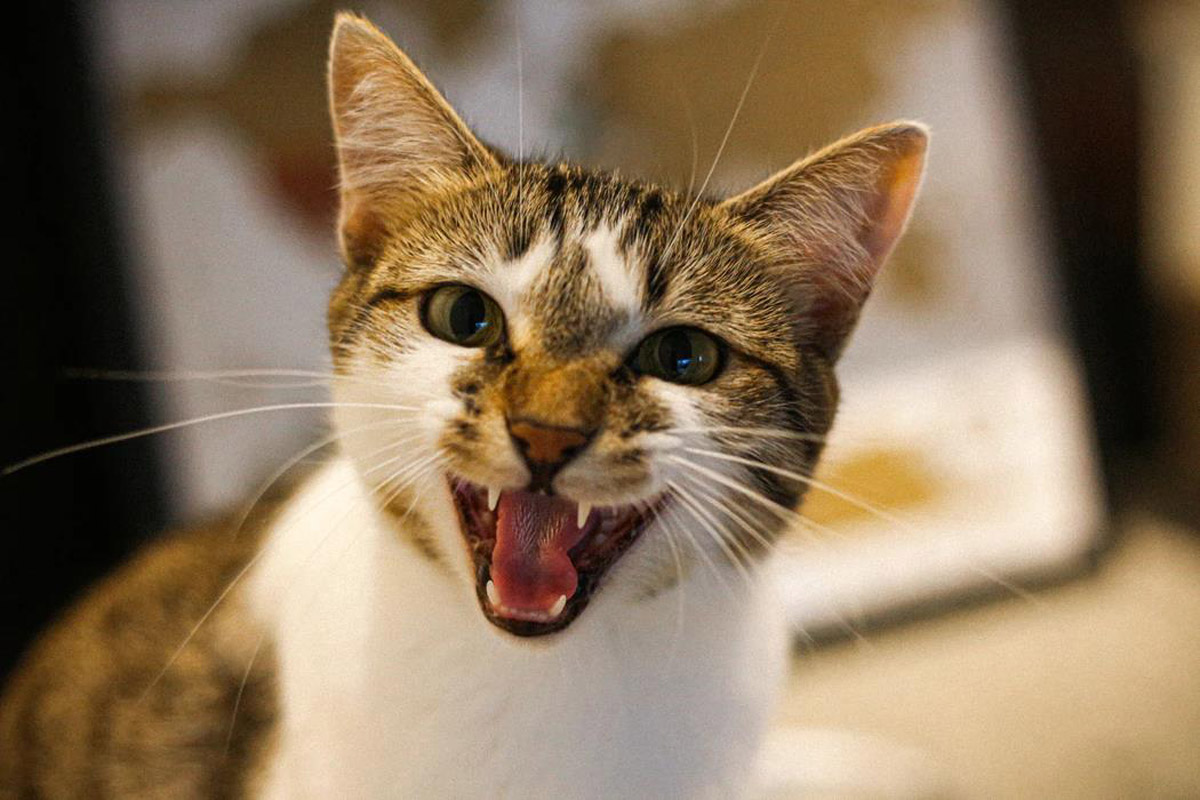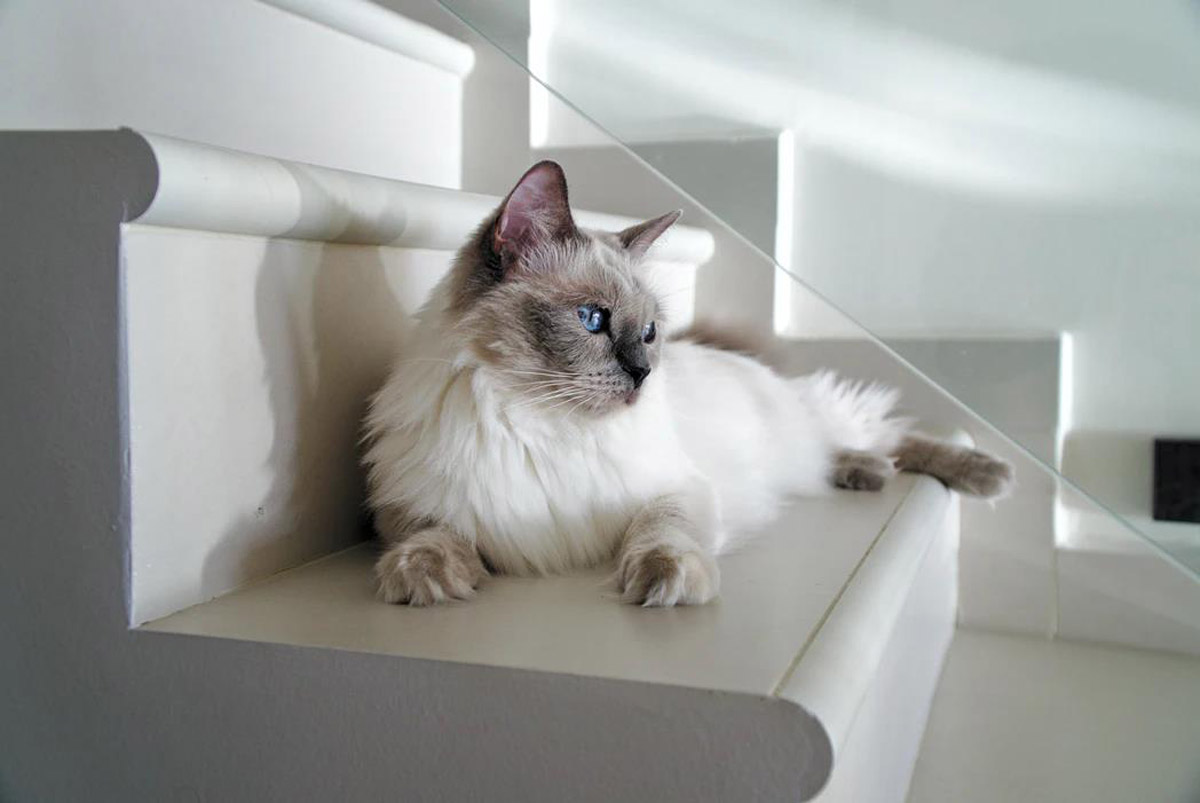Urine Marking in Cats: Why Does it Happen & How to Stop it

Cover image source: Marko Blažević on Unsplash
Noted as a common behaviour in cats, urine marking is an unpleasant situation that cat owners may have to deal with. However, urine marking is not an indication of an unsuccessful litter training. Rather, it’s a form of communication, specifically by eliminating themselves on vertical surfaces.
Whether it is to express their discomfort or to showcase their dominance by marking their territory, we dive into some of the possible reasons that can lead to urine marking as well as ways to discourage this behaviour!
Common reasons for urine marking
As briefly mentioned above, urine marking differs from ordinary urination. Cats urinate by squatting onto a horizontal surface, while urine marking, also known as spraying, occurs on vertical surfaces as the cat is standing up.
In addition, urine marking also leaves a relatively more pungent smell as opposed to them relieving themselves. If you are sure that your cat has been urine marking, here are some reasons why they might be doing so:
Conflict with other cats

Source: Caroline Ziemkiewicz on Unsplash
As animals who value territory and a great deal of space, cats who are living together with other cats may feel like they have inadequate space for themselves (for instance, if they have to share a litter box) and therefore feel uncomfortable or anxious. This leads to urine marking to claim territories and establish boundaries.
Similarly, cats, who are solitary by nature, may engage in urine marking when they encounter cats outside because they feel threatened and uncomfortable with the presence of another unfamiliar creature near them.
Changes in their environment

Source: Marlon Soares on Unsplash
Urine marking can be seen as a way for cats to communicate their feelings of stress and anxiousness, which can be derived from both small and big changes in their environment. Their heightened stress levels can be attributed to reasons such as a shift in furniture or a new family member present.
As a result, these changes may be seen as a form of threat to our cats, which compels them to mark their territory out of feelings of insecurity and protectiveness of their environment.
Unneutered cat
Perhaps the most straightforward reason of all, unneutered male cats, rely on urine spraying as a way of making their presence and their ability to reproduce known to other cats. If your cats are unneutered, you can visit the vet to get them sterilised, which should resolve the problem of them urine marking.
Resolving urine marking for intact cats

Source: Alexander Kagan on Unsplash
There are a few ways you can go about minimising the conflict and aggression between your cats in the same household. Firstly, it is important to ensure that every cat has sufficient space for itself by providing multiple litter boxes, food bowls, as well as perching areas. Allowing your cat to have their very own litter box and rest area gives them the opportunity to rest alone without feeling threatened or intruded on by other cats, which can reduce the chances of urine marking occurring.
Promoting interaction between your cats can also help them to be more accustomed to each other’s presence. However, this should always be done under your supervision and in moderation, especially if your cats are meeting each other for the first time or frequently showcase aggression to one another.
Given their sensitivity to their environment, it is always best to avoid implementing unnecessary changes to your household, especially moving the location of their food bowls or litter boxes. However, in situations where changes to their environment are unavoidable, playing with your cats is also a good way to help relieve some of their stress and anxiety.









